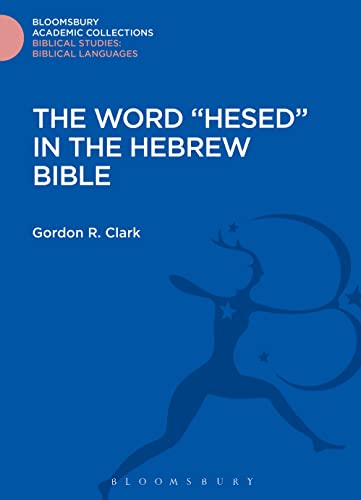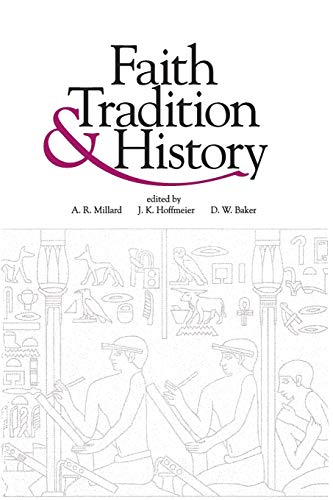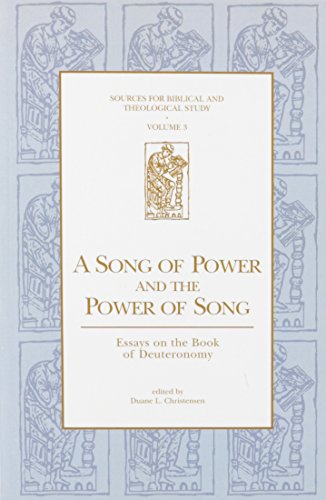Salvation Outside the Church? Tracing the History of the Catholic Response
Written by Francis A. Sullivan, S.J. Reviewed By Anthony R. CrossThis book is a study of the Latin extra ecclesiam nulla salus (‘no salvation outside the church’) and, therefore, of the Roman Catholic understanding of the doctrine of salvation. Throughout, ‘the Church’ refers to the Roman Catholic Church, though several Protestant scholars are briefly mentioned: Luther, Calvin, Barth and Hick.
In 1973 the Congregation for the Doctrine of the Faith issued Mysterium Ecclesiae in which a declaration was made which sought to explain why there have been changes in the way the Church’s teaching has been presented. For the first time an official document of the Catholic Church recognized the ‘historical conditioning’ affecting the way the faith has been expressed, acknowledging the fact that at an earlier date a dogmatic truth might be expressed incompletely or imperfectly, only later receiving fuller and more perfect expression. How the Church knows when a dogmatic truth is complete and no longer in a state of process Sullivan, sadly, does not answer.
The problem the Catholic Church has is simple: how can Catholicism claim to be consistent with its own traditions when, having taught for so many centuries that there was no salvation outside itself, Vatican II could then speak so optimistically about salvation not only for other Christians, but for Jews and those of other religions or none? Sullivan’s stated purpose (p. 2) is to try to account for these widely divergent (and to many irreconcilable) views. This ‘evolution’ through which Catholic thinking has gone is the focus of this work’s 11 chapters. In fact, Sullivan’s book is itself a product of this development, for at one point he even entertains the possibility that the judgment of guilt passed against heretics, schismatics, pagans and Jews was not a correct one or one that would be shared today (p. 27).
During the first three centuries ‘no salvation outside the church’ was used exclusively as a warning to Christian heretics or schismatics. For as long as Christianity was a forbidden and persecuted religion this phrase was never addressed to the pagan world, but from the fourth century the Fathers began to address this dogma towards pagans and Jews as well as heretics, defending this by asserting that the gospel had been preached everywhere so there was no excuse for rejecting it. For a thousand years this remained the standard expression of the doctrine, the historical factors conditioning this belief being the geographical and psychological horizons of medieval Christians which were not shattered until Columbus discovered America.
Vatican II posited an order or ‘hierarchy’ of truths, which recognized the primary importance of the truth that God wills the salvation of everyone. The necessity of such means of salvation as baptism and membership in the church it therefore relegated as secondary and subordinate to this primary truth. Sullivan argues that this position is consistent with Catholic teaching down the centuries, but though he has a certain amount of success in explaining the various positions which have been held, the present reviewer was, in the end, left largely unconvinced.
For those working on the ecumenical movement or inter-faith dialogue this book is both illuminating of the Catholic position and highly thought-provoking. Amongst the authors Sullivan discusses are many well-known figures (e.g. the Fathers, Aquinas, Newman, Kung and Rahner), but also many lesser-known figures (e.g.Prosper of Aquitaine, Fulgentius of Ruspe and Henri de Lubac), as well as the major Councils and decrees. The result is a wide-ranging discussion of the subject.
The radical differences between Catholicism and evangelicalism quickly become evident in Sullivan’s discussion of many key doctrines: soteriology—especially the nature of grace and faith (whether implicit or explicit), the issues of culpability, predestination and free will; ecclesiology—particularly evident in the idea that both ‘church’ and ‘Christian’ refer to Catholicism, and the belief of some scholars that people could be unknowingly a member of the Catholic Church; and revelation—most interesting being the idea that it is possible for those of other religions to be saved without a knowledge of Christ. Also interesting is how some Catholic writers could talk of ‘Christian heretics and schismatics’: an interesting juxtaposition of adjectives!
For some this book will lead into uncharted waters, for others it will provide much food for thought as they navigate their way through the possibility of salvation for those who belong to other religions or none, but have never had opportunity to respond to the gospel call, either because they have never heard or because of the ineffectiveness of the presentation they have heard. Sullivan’s own conclusion (p. 12) is that God has assigned a necessary role to the church in the accomplishment of his plan of salvation for humanity. He then states his belief that what has really changed is not so much what Christians have believed about the necessity of being in the church for salvation, as the judgment which they have made about those who were outside.
Anthony R. Cross
Minister of Calne Baptist Church, Wiltshire, England







